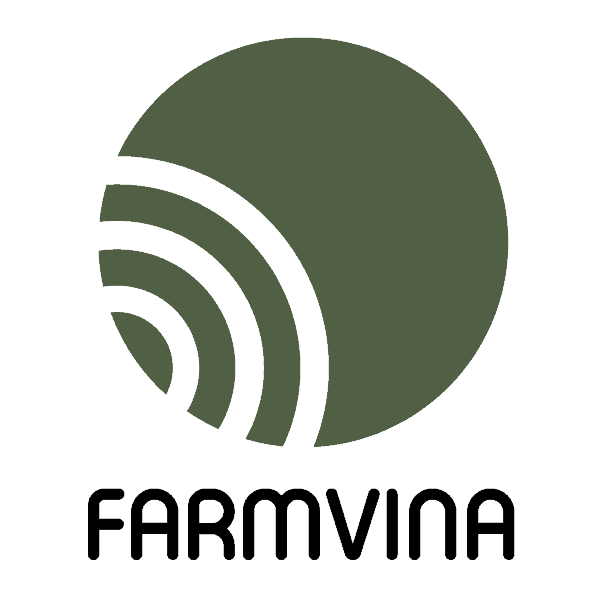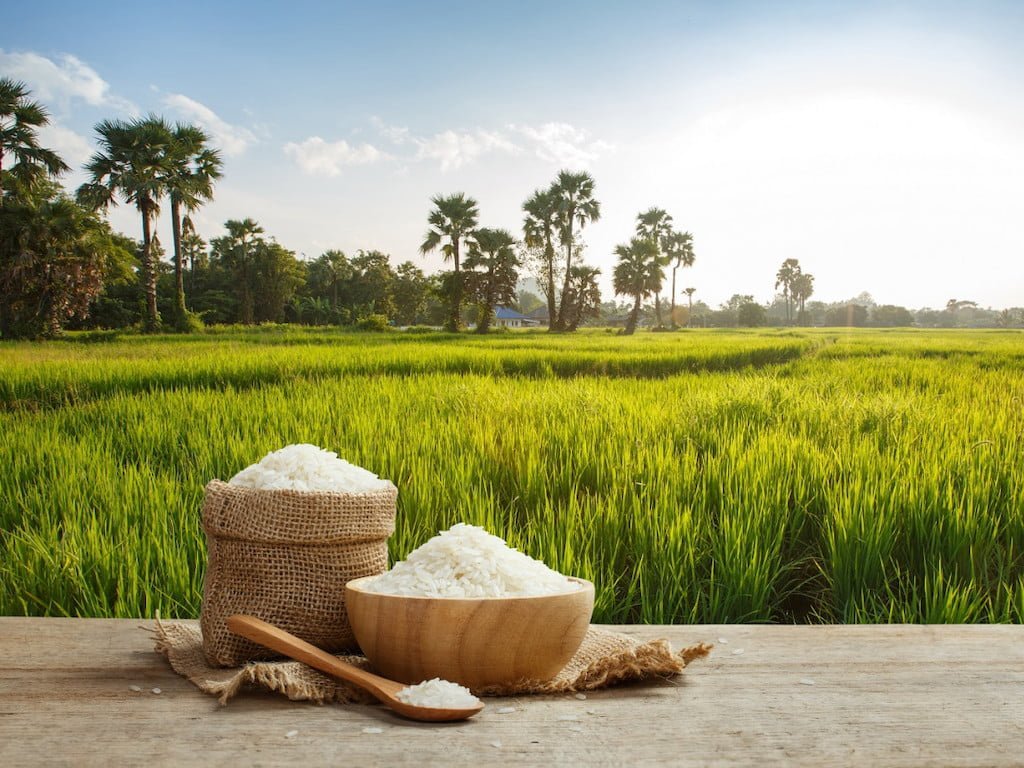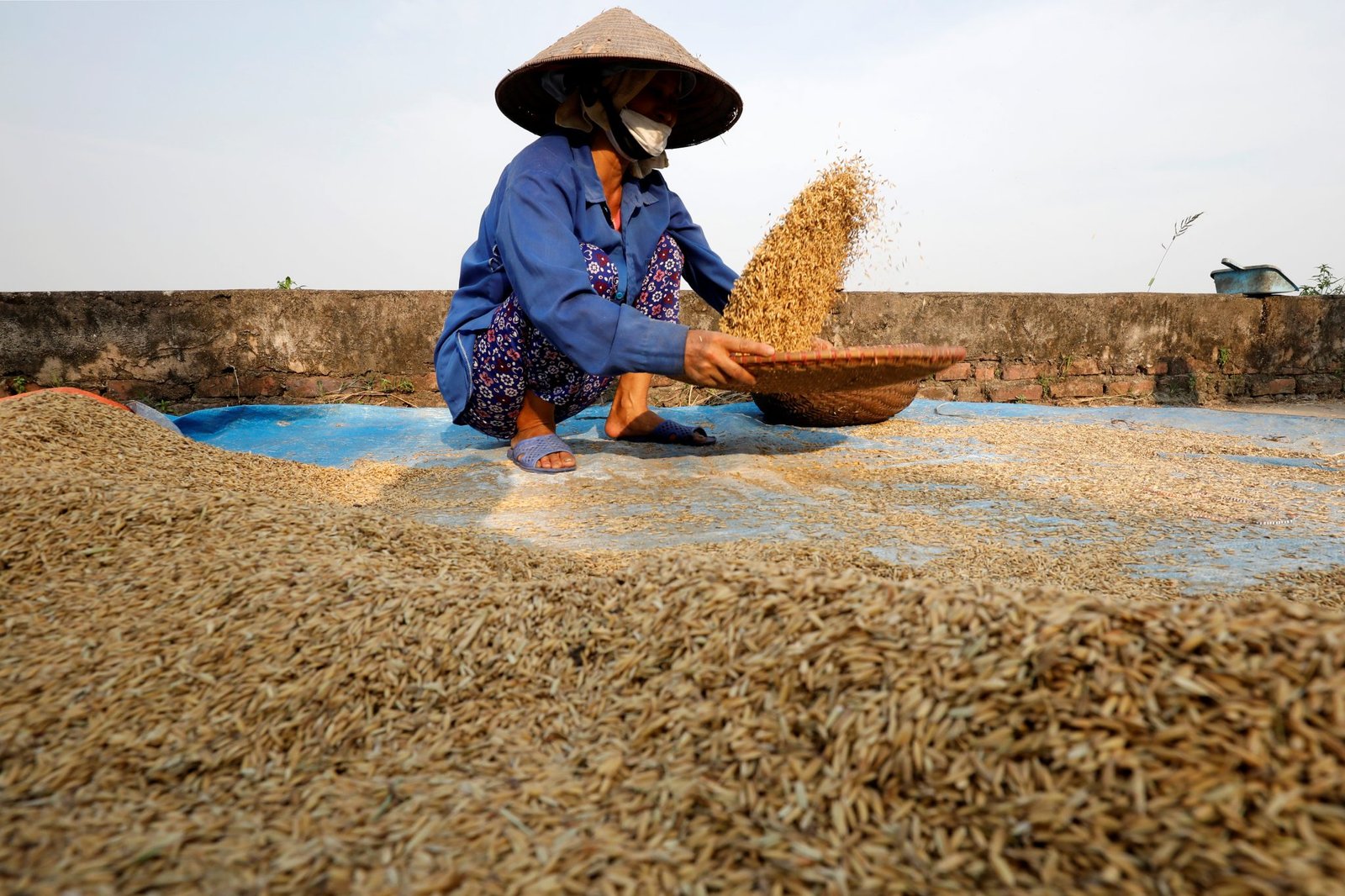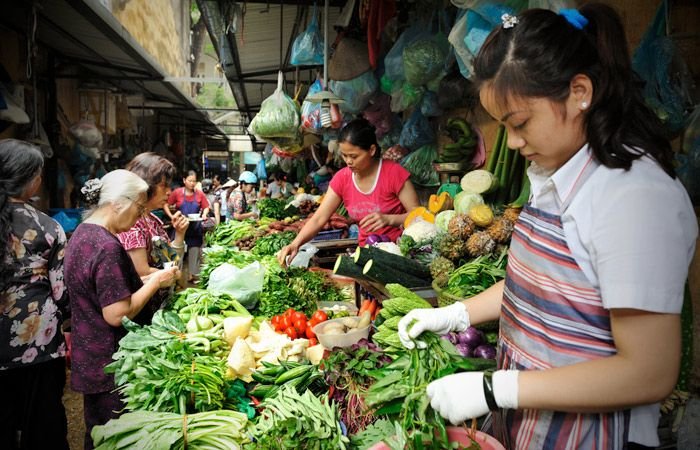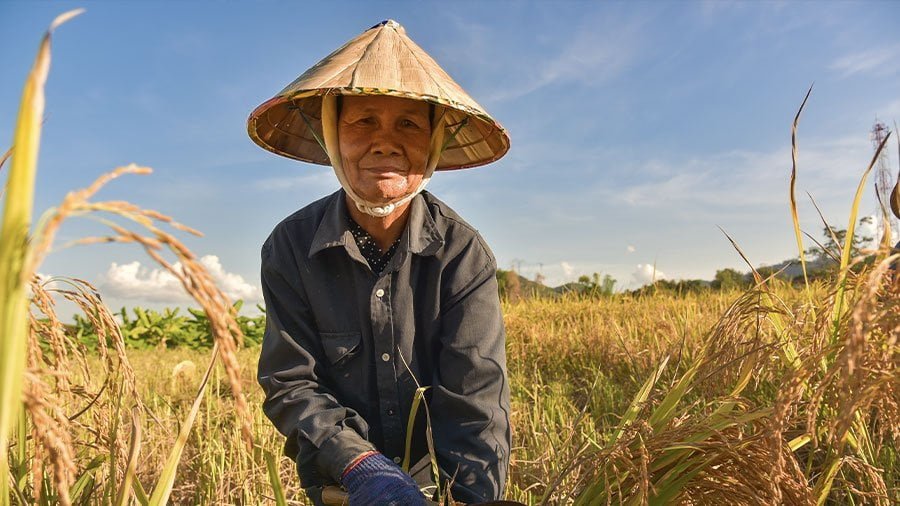Don’t Let These 5 Myths Stop You from Discovering the Benefits of Vietnamese Agriculture
Vietnamese agriculture has a rich history and plays a vital role in the country’s economy. However, there are several myths and misconceptions surrounding this industry that need to be addressed.
In this blog post, Farmvina will debunk these myths and shed light on the reality of Vietnamese agriculture. By doing so, we hope to provide a comprehensive understanding of the diverse and innovative world of Vietnamese farming.
Myth #1: Vietnamese Agriculture is Only About Rice Production
When people think of Vietnamese agriculture, rice is often the first thing that comes to mind. It is true that rice is a staple crop in Vietnam and plays a significant role in the country’s agricultural sector. Rice production accounts for a large portion of Vietnam’s agricultural output and is crucial for food security.
However, it is important to note that Vietnamese agriculture is not solely focused on rice production. Vietnam is also known for its cultivation of other crops such as coffee, tea, rubber, cashews, and fruits like dragon fruit, mangoes, and bananas. These crops contribute to the diversity of Vietnamese agriculture and provide opportunities for farmers to diversify their income sources.
Myth #2: Vietnamese Farming Practices are Outdated and Inefficient
Another common myth surrounding Vietnamese agriculture is that farming practices in the country are outdated and inefficient. While it is true that traditional farming practices are still prevalent in some areas, Vietnam has also embraced modern farming techniques to improve productivity and efficiency.
Traditional farming practices in Vietnam often involve manual labor and rely on natural fertilizers and pesticides. These practices have been passed down through generations and are deeply rooted in the culture of the country. However, modern farming techniques such as mechanization, precision agriculture, and the use of advanced technologies have also gained popularity in recent years.
Myth #3: Vietnamese Agriculture is Dominated by Large Corporations
Contrary to popular belief, Vietnamese agriculture is not dominated solely by large corporations. In fact, small-scale farmers play a crucial role in the country’s agricultural sector. The majority of farmers in Vietnam are smallholders who own small plots of land and rely on farming as their primary source of income.
These small-scale farmers contribute significantly to the production of crops and play a vital role in ensuring food security in the country. They often cultivate a variety of crops and practice sustainable farming methods. While large corporations do exist in Vietnamese agriculture, they coexist with small-scale farmers and contribute to the overall growth and development of the industry.
Myth #4: Vietnamese Produce is Not Safe for Consumption
Food safety is a concern for consumers worldwide, and there is a common misconception that Vietnamese produce is not safe for consumption. However, Vietnam has made significant efforts to improve food safety standards and regulations in recent years.
The Vietnamese government has implemented strict regulations to ensure the safety of agricultural products. These regulations cover various aspects of the production process, including pesticide use, hygiene practices, and quality control. Additionally, there are ongoing efforts to educate farmers about safe farming practices and provide training on food safety.
Myth #5: Vietnamese Agriculture is Not Sustainable
Sustainability is a growing concern in the agricultural industry, and there is a misconception that Vietnamese agriculture is not sustainable. However, Vietnam has made significant progress in promoting sustainable farming practices.
Sustainable farming practices such as organic farming, agroforestry, and integrated pest management are gaining popularity among Vietnamese farmers. These practices aim to minimize the use of synthetic inputs, reduce environmental impact, and promote biodiversity. Additionally, there are initiatives and programs in place to support farmers in adopting sustainable practices and improve their livelihoods.
The Reality: The Diverse and Innovative World of Vietnamese Agriculture
The reality of Vietnamese agriculture is far more diverse and innovative than the myths suggest. Vietnam’s agricultural sector is characterized by a wide range of crops, farming practices, and farming systems. From the rice fields in the Mekong Delta to the coffee plantations in the Central Highlands, Vietnamese agriculture offers a rich tapestry of farming traditions and practices.
In terms of innovation, Vietnamese farmers have embraced modern technologies and techniques to improve productivity and efficiency. From the use of drones for crop monitoring to the adoption of precision agriculture techniques, Vietnamese farmers are constantly seeking ways to enhance their farming practices.
Benefits of Vietnamese Agriculture: From Health to Economic Growth
Vietnamese agriculture offers numerous benefits, both in terms of health and economic growth. The country’s diverse range of crops provides a rich source of nutrients and contributes to a healthy diet. Vietnamese fruits and vegetables are known for their freshness and flavor, making them highly sought after in both domestic and international markets.
In terms of economic growth, agriculture is a significant contributor to Vietnam’s GDP and provides employment opportunities for millions of people. The agricultural sector also plays a crucial role in rural development, helping to reduce poverty and improve livelihoods in rural communities.
The Role of Small-Scale Farmers in Vietnamese Agriculture
Small-scale farmers are the backbone of Vietnamese agriculture. They make up the majority of farmers in the country and play a vital role in ensuring food security. These farmers often cultivate a variety of crops, which helps to diversify their income sources and reduce risks associated with mono-cropping.
However, small-scale farmers face numerous challenges, including limited access to resources such as land, credit, and technology. They also face risks associated with climate change, pests, and diseases. Despite these challenges, small-scale farmers continue to contribute significantly to Vietnam’s agricultural sector and play a crucial role in the country’s food production.
Sustainable Farming Practices in Vietnamese Agriculture
Sustainable farming practices are gaining momentum in Vietnamese agriculture. Farmers are increasingly adopting organic farming methods, which involve minimizing the use of synthetic inputs and promoting soil health. Agroforestry, which involves integrating trees into farming systems, is also becoming more popular as it helps to improve soil fertility, conserve water, and provide additional sources of income.
Sustainable farming practices offer numerous benefits, including improved soil health, reduced environmental impact, and increased resilience to climate change. These practices also contribute to the preservation of biodiversity and the protection of natural resources.
Don’t Miss Out on the Opportunities of Vietnamese Agriculture
In conclusion, Vietnamese agriculture is a diverse and innovative industry that offers numerous opportunities for farmers, consumers, and investors. By debunking the myths surrounding Vietnamese agriculture, we hope to encourage people to explore the potential of this sector.
From the cultivation of a wide range of crops to the adoption of sustainable farming practices, Vietnamese agriculture has much to offer. Whether you are a consumer looking for fresh and nutritious produce or an investor seeking opportunities in the agricultural sector, Vietnam has something for everyone. So don’t miss out on the opportunities of Vietnamese agriculture and discover the rich tapestry of this industry.
Originally posted 2024-04-04 16:27:27.
